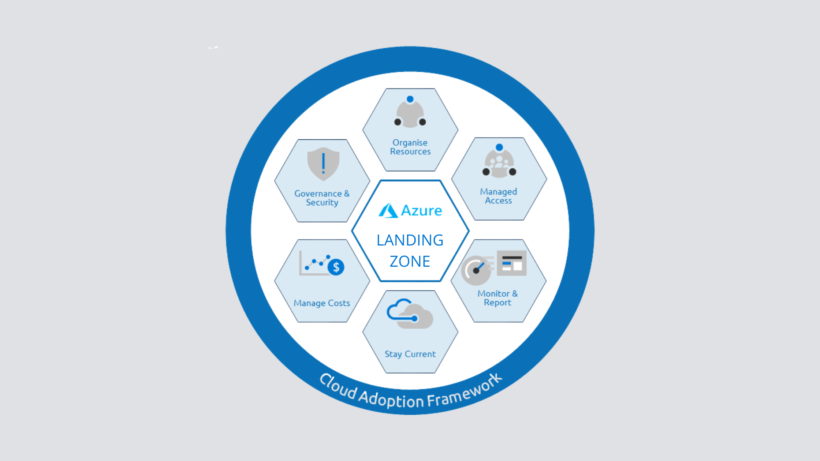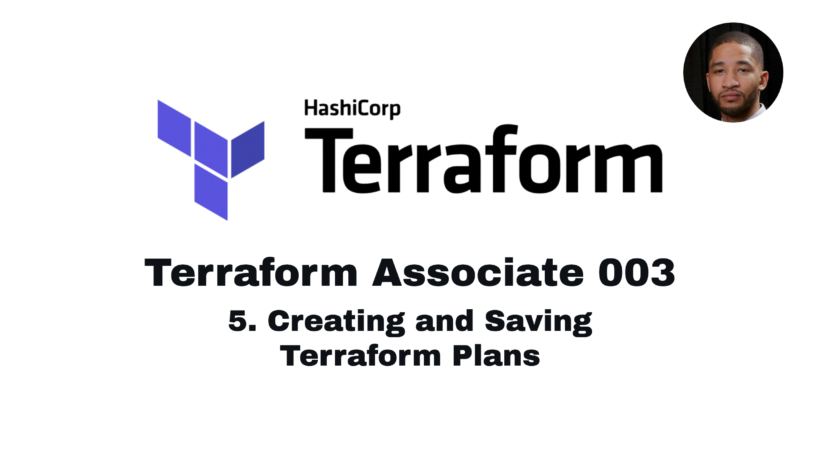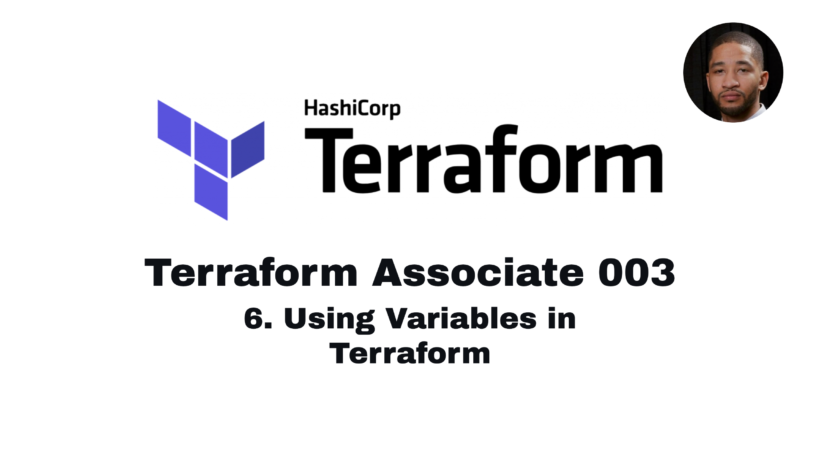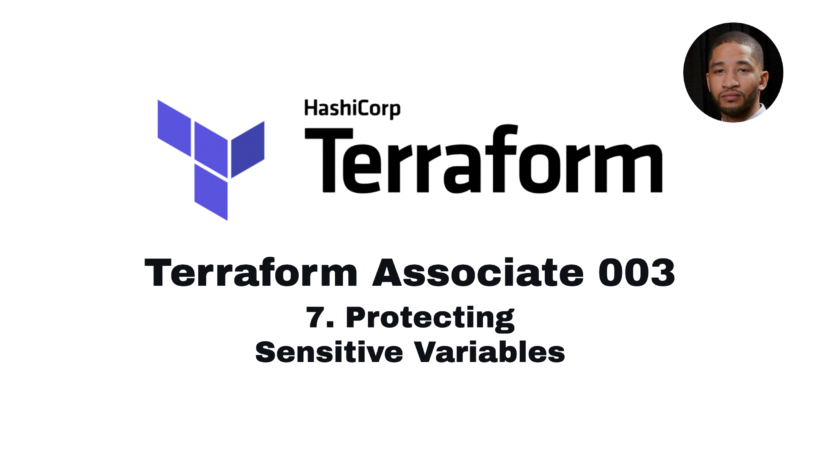As organizations continue to adopt cloud computing, they often face challenges with managing multiple subscriptions, security, compliance, and governance. Azure Landing Zones offer a comprehensive solution to address these challenges by providing a consistent framework and baseline architecture for deploying workloads on Azure. However, implementing Azure Landing Zones in brownfield deployments comes with its own set of challenges and benefits.
In this article, we will discuss how Azure Landing Zones can be implemented for brownfield deployments, along with the pros and cons of using them for environments that have already adopted the cloud.
What are Azure Landing Zones?
Azure Landing Zones are a set of Azure resource configurations that enable organizations to build a scalable and secure foundation for their Azure workloads. They provide a consistent and repeatable architecture for deploying workloads on Azure and address key challenges such as identity and access management, network topology, and security and compliance.
How to Implement Azure Landing Zones for Brownfield Deployments
Implementing Azure Landing Zones in brownfield deployments requires a thoughtful approach to minimize disruption to existing workloads. Here are some key considerations for implementing Azure Landing Zones in brownfield deployments:
- Assess Existing Workloads: Before implementing Azure Landing Zones, it is essential to understand the existing workloads and their dependencies. This includes identifying critical applications, network topology, and security requirements.
- Plan the Landing Zone Architecture: Based on the assessment, plan the Azure Landing Zone architecture to align with the existing environment. This includes defining policies and governance, network topology, and identity and access management.
- Migrate Workloads: After planning the Azure Landing Zone architecture, migrate existing workloads to the new environment. This can be done through various migration methods, including lift-and-shift, re-platforming, or re-architecting.
Pros of Using Azure Landing Zones for Brownfield Deployments
- Consistent Framework: Azure Landing Zones provide a consistent and repeatable framework for deploying workloads on Azure. This enables organizations to standardize their deployment process and reduce deployment time.
- Improved Security and Compliance: Azure Landing Zones provide a set of security and compliance policies that can be applied to all workloads. This ensures that all workloads meet the organization’s security and compliance requirements.
- Scalability: Azure Landing Zones provide a scalable architecture for deploying workloads on Azure. This enables organizations to easily add or remove resources as per their requirements.
Cons of Using Azure Landing Zones for Brownfield Deployments
- Complex Implementation: Implementing Azure Landing Zones in brownfield deployments can be complex and require significant planning and coordination.
- Migration Challenges: Migrating existing workloads to the new Azure Landing Zone environment can be challenging, requiring careful planning and execution.
- Limited Flexibility: Azure Landing Zones provide a standardized architecture, which may limit flexibility for organizations that require custom configurations.
Azure Landing Zone Deployments with Terraform
Azure Landing Zones provide a consistent framework for deploying workloads on Azure, while Terraform is a popular infrastructure as code tool that enables organizations to automate their infrastructure deployments. By combining Azure Landing Zones with Terraform, organizations can streamline their infrastructure deployment process and ensure consistency and repeatability.
Here are the steps to use Azure Landing Zones with Terraform:
- Define the Azure Landing Zone Architecture: Before using Terraform, define the Azure Landing Zone architecture based on your organization’s requirements. This includes defining policies, network topology, and identity and access management. Once the architecture is defined, you can create a Landing Zone blueprint in the Azure Portal.
- Create Terraform Configuration: Once the Landing Zone blueprint is created, you can export it to a Terraform configuration file. This will create a set of Terraform modules that define the Landing Zone resources.
- Customize Terraform Configuration: After exporting the blueprint to Terraform, you can customize the configuration file as per your organization’s requirements. This includes adding or removing resources, updating policies, and modifying network topology.
- Execute Terraform Configuration: Once the Terraform configuration is customized, you can execute it to deploy the Landing Zone resources on Azure. This will ensure that the Landing Zone is deployed consistently and repeatably across all environments.
Benefits of Using Azure Landing Zones with Terraform
- Consistent Infrastructure: Azure Landing Zones provide a consistent framework for deploying workloads on Azure, while Terraform ensures that infrastructure is deployed consistently and repeatably.
- Automated Infrastructure Deployment: By using Terraform, organizations can automate their infrastructure deployment process, which reduces the risk of human error and ensures that infrastructure is deployed consistently across all environments.
- Increased Agility: By using Azure Landing Zones with Terraform, organizations can increase their agility by reducing the time required to deploy infrastructure. This enables organizations to respond to changing business requirements quickly.
Conclusion
Azure Landing Zones offer a comprehensive solution to address key challenges of deploying workloads on Azure. However, implementing them in brownfield deployments requires careful planning and coordination. By assessing existing workloads, planning the landing zone architecture, and migrating workloads, organizations can successfully implement Azure Landing Zones in brownfield deployments. While there are pros and cons of using Azure Landing Zones in brownfield deployments, the benefits of improved security and compliance, scalability, and a consistent framework make them a compelling solution for organizations looking to standardize their Azure deployment process.



